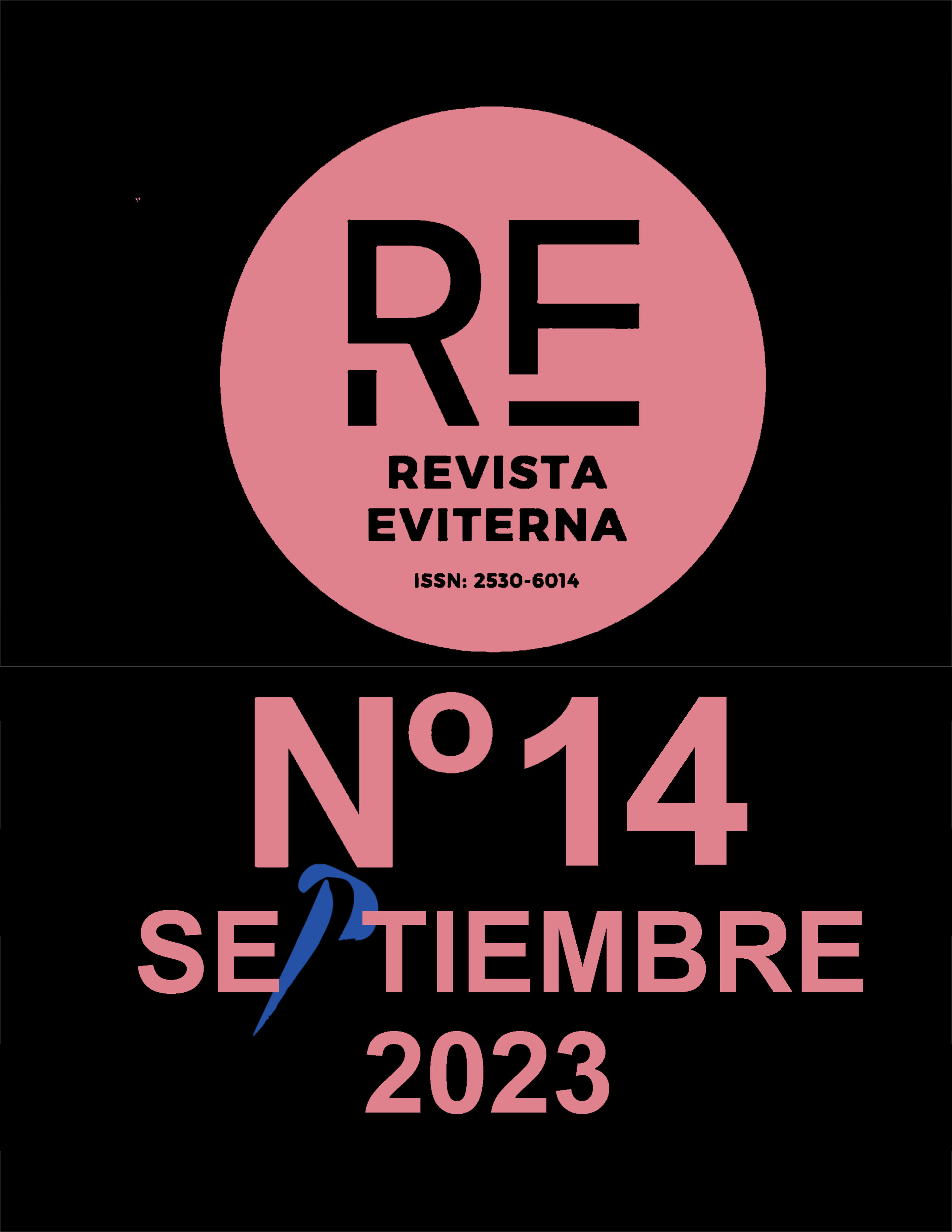Towards a review of the concept "classic Picasso" (1915-1923)
Historiographic criticism against the simultaneity of the artist
DOI:
https://doi.org/10.24310/re.14.2023.16824Keywords:
Art education, Art history, Classical art, Modern art, PicassoAbstract
The present study will try to determine the consecration of the concept "classic Picasso" to allude to the work made by the artist between the years 1914 and 1923. This idea was defended by Anthony Blunt and Phoebe Pool in the 1960s, authors who found in the work of the artist from Malaga certain allusions to classic or classicist works, this allowed them to frame said work in the movement of the return to order. These ideas were based on the work of Alfred Barr and on the magazine Cahiers d'art edited by Christian Zervos. We will deal with what each of these authors understands by "classic Picasso", both in the formal aspect, as well as in the thematic and iconographic aspect. Finally, we will contrast his ideas with more recent theories defended by authors such as Palau i Fabre or Elizabeth Cowling, who from the 1990s began to notice subjective elements in the artist's work that moved away from the classical ideal, while defending the prolongation of his cubist style in the works of those years. Thus, the present study aims to present a multiple and diverse Picasso during the proposed stage, capable of working with contrasting poetics, always using an innovative language that was far from responding to the classical canons.
Downloads
Metrics
Publication Facts
Reviewer profiles N/A
Author statements
Indexed in
-
—
- Academic society
- N/A
- Publisher
- Universidad de Málaga
References
Barr, A. (1946), Picasso. Fifty years of his art. The museum of modern art.
Barr, A. (1939). Picasso: Forty years os his art. The Museum of Modern Art.
Berggruen, O. (2018). Picasso tra cubismo e classicismo. 1915-1925. Skira.
Blunt, A. (1968). El periodo clásico de Picasso (1917-1925). En Estudios sobre Picasso (pp. 146-150). Gustavo Gili.
Blunt, A. & Pool, P. (1962). Picasso: the formative years : a study of his sources. Studio Book.
Cowling, E. (2002). Picasso: Style and Meaning. Phaidon.
Elgar, F. (1955). Picasso. Hazan.
Ferrier, J. L. (1996). Picasso: el artista y la obra, Terrail.
Palau i Fabre, J. (1999). Picasso 1917-1926. De los Ballets al drama. Polígrafas.
Penrose, R. (1981). Picasso: su vida y su obra, Argos.
Pool, P. (1967). Picasso's Neo-Classicism: Second Period, 1917-1925. Apollo, vol. 85 (61), 198-207.
Raynal, M. (1920). Les Maitres du cubisme: Picasso. L’Effort Moderne.
Richardson, J. (2007). A life of Picasso: the triunphant yers 1917-1932, Nueva York.
Salazar Jiménez, P. M. (2021). Picasso en Italia, 1917. Eviterna, 10, 106-116 https://doi.org/10.24310/Eviternare.vi10.12836
Zervos, C. (1952). Pablo Picasso: Catalogue de l'Œuvre Volume 5 (V) (Œuvres de 1923 à 1925). Cahiers d'Arts.
Zervos, C. (1951), Pablo Picasso: Catalogue de l'Œuvre Volume 4 (IV) (Œuvres de 1920 à 1922). Cahiers d'Arts.
Zervos, C. (1949). Pablo Picasso: Catalogue de l'Œuvre Volume 3 (III) (Œuvres de 1917 à 1919). Cahiers d'Arts.
Downloads
Published
How to Cite
Issue
Section
License
Copyright (c) 2023 Eviterna Journal

This work is licensed under a Creative Commons Attribution-NonCommercial-ShareAlike 4.0 International License.
All the contents published in Revista Eviterna are subject to the Creative Commons Reconocimento-NoComercia-Compartirigual 4.0 license, the full text of which can be found at <http://creativecommons.org/licenses/by-nc-sa/4.0>
They may be copied, used, disseminated, transmitted and publicly exposed, provided that:
The authorship and original source of your publication (Journal, editorial and URL of the work) are cited.
They are not used for commercial purposes.
The existence and specifications of this use license are mentioned.

Copyright is of two kinds: moral rights and patrimonial rights. Moral rights are perpetual, inalienable, inalienable, inalienable, inalienable and imprescriptible prerogatives.
In accordance with copyright legislation, Revista Eviterna recognizes and respects the moral rights of the authors, as well as the ownership of the economic right, which will be transferred to the University of Malaga for dissemination in open access.
The economic rights refer to the benefits obtained by the use or disclosure of the works. Revista Eviterna is published in open access and is exclusively authorized to carry out or authorize by any means the use, distribution, disclosure, reproduction, adaptation, translation or transformation of the work.
It is the responsibility of the authors to obtain the necessary permissions of the images that are subject to copyright.







12.png)



